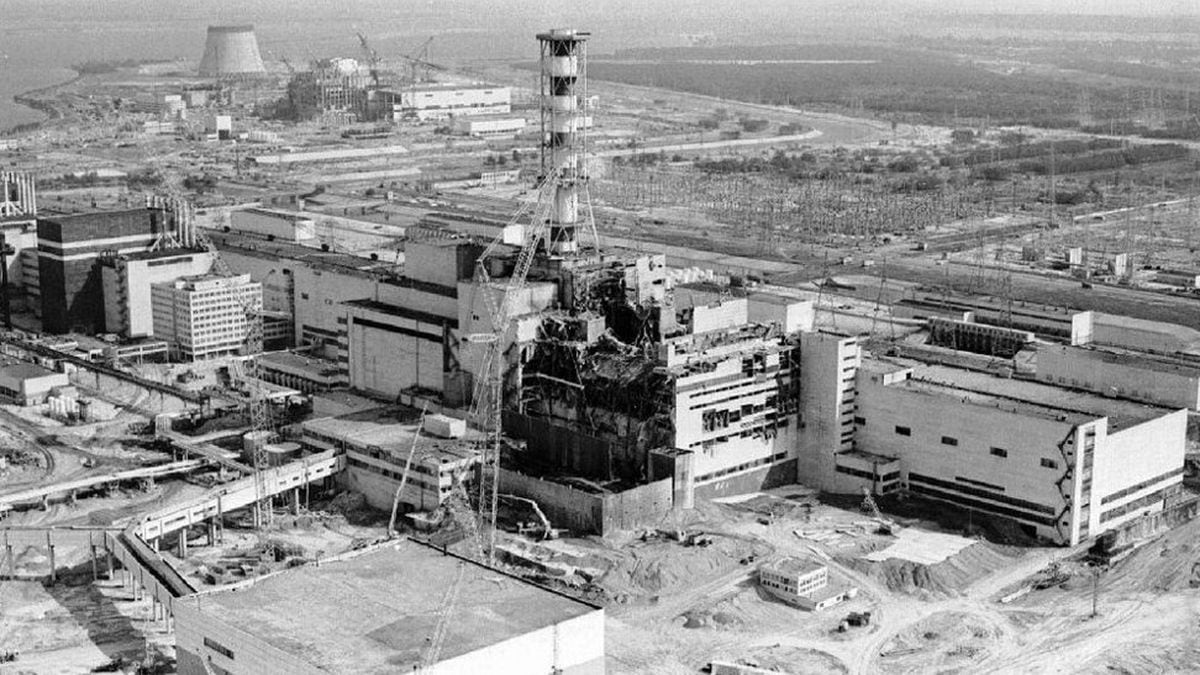On April 26, 1986, at dawn, an accident occurred at the Chernobyl nuclear power plant in the former Soviet Union (today Ukraine) that triggered the greatest nuclear catastrophe in history.
Today, 35 years later, the explosion of reactor number 4 of the plant, which led to a chain of concealment and lies by the Soviet authorities to minimize the scale of the event.
The reactor frame burned for 10 days.
Its particles contaminated 142,000 square kilometers: northern Ukraine, Russia's Bryansk, southern Belarus.
The radioactivity went further. It was detected by the Nordic countries. The first to raise the alarm, on April 27. On the 28th, after two days of silence, the Soviet authorities spoke for the first time about the accident. But only with a short note from the official Soviet agency Tass that was read on the nightly television news: “Measures are taken to eliminate the consequences of the breakdown. Victims get help. A government commission has been created ”.
At least 31 plant workers and firefighters died immediately after the disaster, mostly from radiation-related causes. Thousands would later die, although the figure remains the subject of intense debate, due to concealment from the authorities for years. Doctors were forbidden from putting anything that sounded like radiation into their patients' health records; let alone record it in the death reports, as activists and experts later denounced.
Only on June 4, 1986, the official daily
Pravda
recognized high levels of contamination outside the 30-kilometer perimeter around the Chernobyl power plant. Prípiat, the closest city to the plant, the pride of Soviet developmentalism and where many of its employees lived, had already been evacuated the night of the accident, but information from
Pravda
led to the evacuation of thousands of inhabitants of the neighboring Republic as well. of Belarus, the area that suffered the brunt of the disaster.
Today, Prípiat, which had 50,000 inhabitants, is a post-apocalyptic scene visited only by experts, but increasingly by tourists - in groups and under the supervision of an official guide - seduced by disaster tourism. Visits skyrocketed after the HBO series
Chernobyl
, which so well recounted this chain of false news and cover-ups that led to deaths.
The Ukrainian authorities have now called for the exclusion zone to be listed as a UNESCO World Heritage Site. They maintain that the place is unique and "of interest to all humanity." It seeks thus to attract more visitors and funds to develop the area. The Ukrainian Ministry of Culture has already started procedures to recognize that territory - the ruined nuclear power plant surrounded by vacant land, rubble and abandoned buildings - as a monument. However, some fear that the exclusion zone will end up becoming a mere attraction. Something that the Minister of Culture, Oleksandr Tkachenko, believes must be avoided. "It should serve to teach, to become aware of historical memory and human rights," Tkachenko told Ukrainian television these days.









